Hong Kong Wetland Park, one of the most eye catching parks in Hong Kong. (Photos, Writing, Animals)
This picture was taken by the entrance of the Wetland Park by this point we have not yet bought the tickets. Behind maze behind is called the Eco- Maze, this maze shows the path to the scenic green roof of the Wetland
Park.
The rocks I am standing on are called Granite Paving. The materials of the granite walk paths at the Eco-Maze were collected from demolished boundary wall of the old Hong Kong Police Headquarters in Wan Chai.
This view is great therefore I wanted to share and start my steemit post with this photograph. Hi there!

This picture was taken upon our entrance in to the Wetland Park. The first thing which caught our attention was the aquarium where this was taken from. The aquarium was filled with many aquatic animals and corals. On the side picture are a Blue Tang and a Crystal Coral.
The Blue Tang (Paracanthurus hepatus) can be identified by its blue colorings and yellow flag shaped tails. Their bodies are oval shape and changes color as they mature, an example would be the Juvenile Blue Tang which darkens as they mature. The Blue Tang lives in the Pacific Ocean, Indian Ocean and from East Africa to Micronesia. The Blue Tang mainly feeds on algae using their sharp teeth from corals. Corals are to Blue Tang home to Blue Tangs as it protects them from predators.
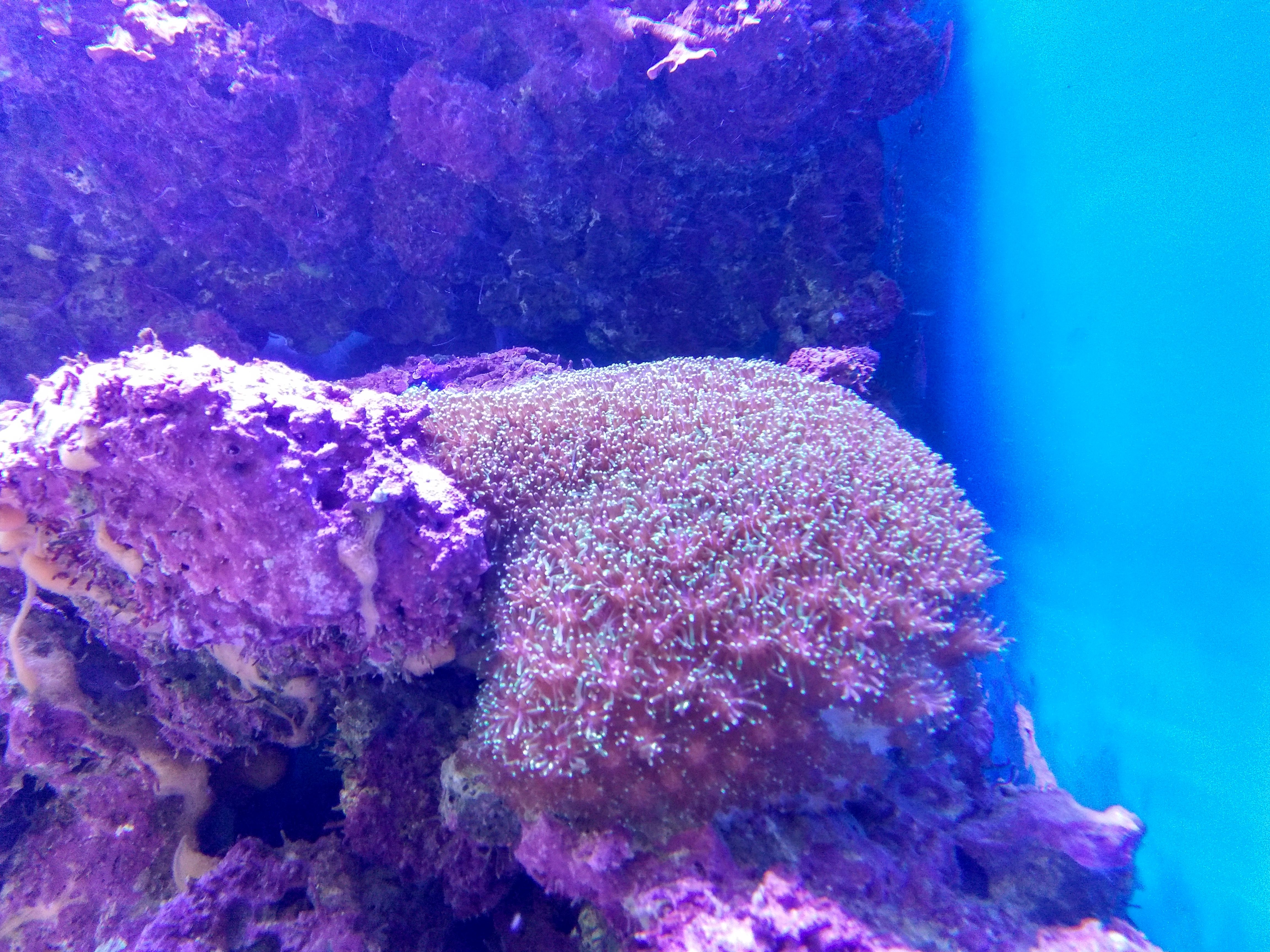
The coral on the side is a Crystal Coral. Corals are an important part of bio- diversity as it contains a lot of fishery resources; they are spawning grounds and nursery grounds for fishes, shrimps, etc.
The aquarium is a great example of how the eco – system works showing different species have its different roles to play.
The crocodile on the side is the main attraction of Wetland Park. The name of the crocodile is Pui Pui. I do not go to zoos or animal parks often, and seeing a crocodile again after a long time gives me chills.
Pui Pui is a female saltwater crocodile and its normal length can reach between 2.5 and 3 meters. In the wild, young salt water crocodile eats insects, amphibians, small reptiles and fishes. Adult crocodile eats large animals such as monkeys and buffalos. Pui Pui is most of the time given fishes, frogs and chicken meat.
As frightening as she looks, crocodiles are fascinating to look at. In my personal opinion, crocodiles should not be kept in small enclosures and should be set in the wild if “possible”. If not, they should try to set its enclosure as similar and as big as its natural habitat in the wild.
Between Pui Pui’s and Streamwalk, was a path full of different species of plants such as Common Melastoma, HK Hawthorn, Blood-Red Melastoma, Desmos, etc. What interests me the most is this plant called “False Pineapple”. It looked very similar to a pineapple and if I am deserted in an Island I would definitely eat this and expect a pineapple.
False Pineapple (Pandanus Kaida) is a native plant to Hong Kong, India and Sri Lanka. False pineapple is used as resources for live fencing, medicine, insect repellant, mats (made from its leaves) and hats.
There are many uses for False Pineapples, the fruit can be used to make juice and its leaves can bring medical benefits such as treating illnesses, antiseptic on open wounds, relieve headaches and the leaves can be used for cooking.
After arriving at the Life Zone, I was able to find many tadpoles in a pond mostly consisting of Water Poppy.
Tadpoles are young amphibians that mostly lives in the water. The tadpoles in the picture are in a larvae stage of an amphibian.
Different species of frog can take up to 8 months until they turn to a frog while some may only need 6 to 9 weeks, this will depend on which species they are. In the side picture shown, the tadpoles are mostly gathering in an area with Water Poppy because tadpoles eat micro- plants and organic debris from exposed plants. This is another example of Ecosystem working.
Nonetheless, the tadpoles I found are in an area far from a stream of water, this is because most eggs will be lay in static water to prevent the eggs from getting rumbled. Though some frogs for example the Coast foam-nest Treefrog would overlook calm waters as they mate in tree branches.
This picture was taken on the same area as the tadpoles, it was very difficult to find as I stayed on the same area to look for different animal besides the tadpole.In this picture, there is a brown, thin, two antennas and 6 long thin legged Water Skater (Gerridae) using its unique ability to walk on the water.
Water Skaters are anatomically made to be able to transfer their weight to be able to either walk or run above water surface. They are mostly found on freshwater ponds, lake and streams. Water Skaters are omnivores and they use their piercing mouth to eat or sip juices small insects. The tip of their thin legs can detect movements on the water to detect potential preys. Some species of Water Skaters have wings and they can live up to a year.
I was not expecting to find a Water Skater in the pond along with the tadpoles. Although Water Skaters are common, I still consider this a good find as it is very small and difficult to see.
This picture was taken at the succession walk on bridge over the water which connects Wetland Discovery Centre and the Riverside Hide. Surrounding the bridge is a pond where you can see many Water Lily on the either side of the bridge. It was very astonishing to see that all the Water Lilies are spread out by the river but are in groups. Back in the bridge, I was wondering why the Water Lilies were kept together.
Water Lilies are spread over the water to give shade to the water as to keep the water temperature down. Their shade gives shelter to fishes that might be in the pond. Though may sound good. Too much blocking of the sunlight may cause harm to the living things at the bottom of the pond. A potential problem may cause; Algal bloom. Therefore, the safety net- like material is used to contain the water lilies in a place to avoid spreading and easier pond control.
Water lilies are a joy to look at but a thorough control of these plants should be used to protect the ecosystem of the pond. Wetland Park has done a good job to keep the Water Lilies in place.
The picture on the right was taken around the Butterfly Garden. There are two pictures on the right. The purple box on the left is a 4 – chambered artificial nest box for bats. It provides a suitable roosting place for nocturnal bats foraging nearby.
The artificial nest box for bats have installed nylon net as to allow bats to hang easily, font and side vents for better ventilation, the box is designed as a 4– chambered to increase the capacity of the box and the room of the space is designed specifically to the target species.
Next is the artificial nest box at the right, it is purposely built to provide nesting for different species of birds repeatedly every breeding season. Five species of birds have used the nest boxes in the park namely Magpie Robin, Crested Myna, Collared Scops Owl, White Cheeked Starling and Asian Barred Owlet.
The tree trunk is given an ointment near the bird’s artificial nest box to deter the ants and other predators like snakes from approaching as well as inserting holes at the bottom of the box to prevent water logging. Once again, Wetland Park has done a good job on going extra lengths to provide better shelter for these species.
After trying to find butterflies at the Butterfly Garden, we reached the observation platform at the Fishpond hide.
The photograph on the left is a Reed Screen which is made of common Reedgrass that is grown in the Wetland Park itself. You can see the Reed Screen upon reaching the observation platform by the entrance.
The Reed Screen acts as a sound barrier and visual barriers to reduce the disruption to the wildlife. The entrance to the platform is surrounded by the Reed Screen by each side parallel to each other with the length of around 10 – 15 meters each.
The photograph on the left is a telescope used to observe the wildlife mainly birds on the freshwater marsh at the other side of the view. This equipment was relatively easy to use. It allows the visitors to see the wildlife at far off distance without causing disruption. Wetland Park has done a good job on this as well. P.S. We were unable catch a picture of birds on this platform.
Unable to capture a photo on the first platform, we quickly headed to the next platform and managed to find a Great Cormorant on a tree. By this time, there were three Great Cormorant on the tree, we were lucky as it stayed in that position for around 20 minutes.
The Great Cormorant (Phalacrocorax carbo) belongs to the cormorant family of sea birds. The Great Cormorant is a large bird that has a longish tail and yellow throat patches. The species in the Southern Ocean are smaller in size and the species from the Southern Ocean has more yellow on the throat and bill. The white patches on its thigh and throat is a proof that cormorant is an adult. The picture on the left if looked closely has a white patch on its thigh and throat.
I am proud to present this photograph as it was extremely difficult to capture. We needed the help of the telescope and our smartphone to capture the above photo. These birds were at least 200 – 300m from the platform. Using the naked eyes, we could only see their figures.
After catching a photograph on the 2nd observation platform, we headed to the 3rd observation platform and we were able to capture the photograph of ducks.
The picture on the right is a Northern Shoveler (Anas Clypeata) of both male and female. The colorful one with dark green head, white breast, black and broad spoonbill is a male. The overall grayish-brown with some feathers having light edging are females.
The Northern Shoveler is a common duck mainly found in Asia and Europe. They use their bill to shovel (from where their name is derived) for aquatic invertebrates, their diet is mainly carnivore. The Northern Shoveler’s habitat is in open wetlands such as marshes and wetland grass.
The picture was particularly easy to take as they are near the shallows of freshwater marsh.
This photograph was also taken at the 3rd observation platform, there were around 20 Black- faced Spoonbill. In the photograph, the Black-faced spoonbills are sleeping in groups with their other leg hidden showing a common characteristic.
The Black-faced spoonbill is an endangered species and is restricted the most among all spoonbills. These birds use a tactical method for acquiring their prey by wading in water and swinging their beaks side to side to detect their potential preys. Black-faced spoonbill can be found in west coast of North Korea with four wintering sites of Hong Kong, Macau, Vietnam and Taiwan.
These species were classified as endangered in 2000 and it is expected in the future that their number will decline in the future due to deforestation, pollution, etc.
I am glad I am able to see these species in their habitat.
Some other unedited photographs taken:
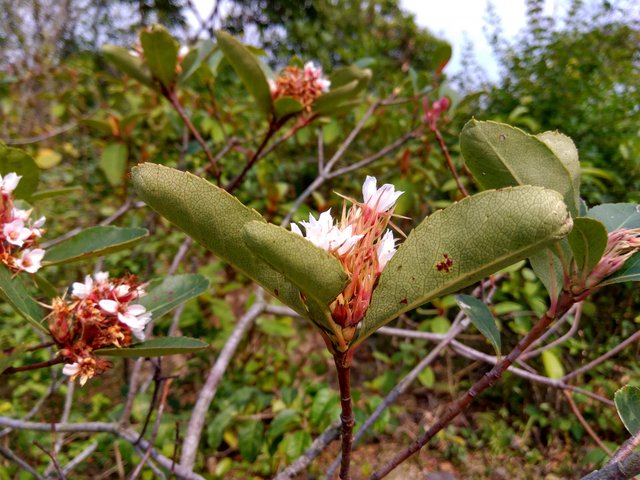
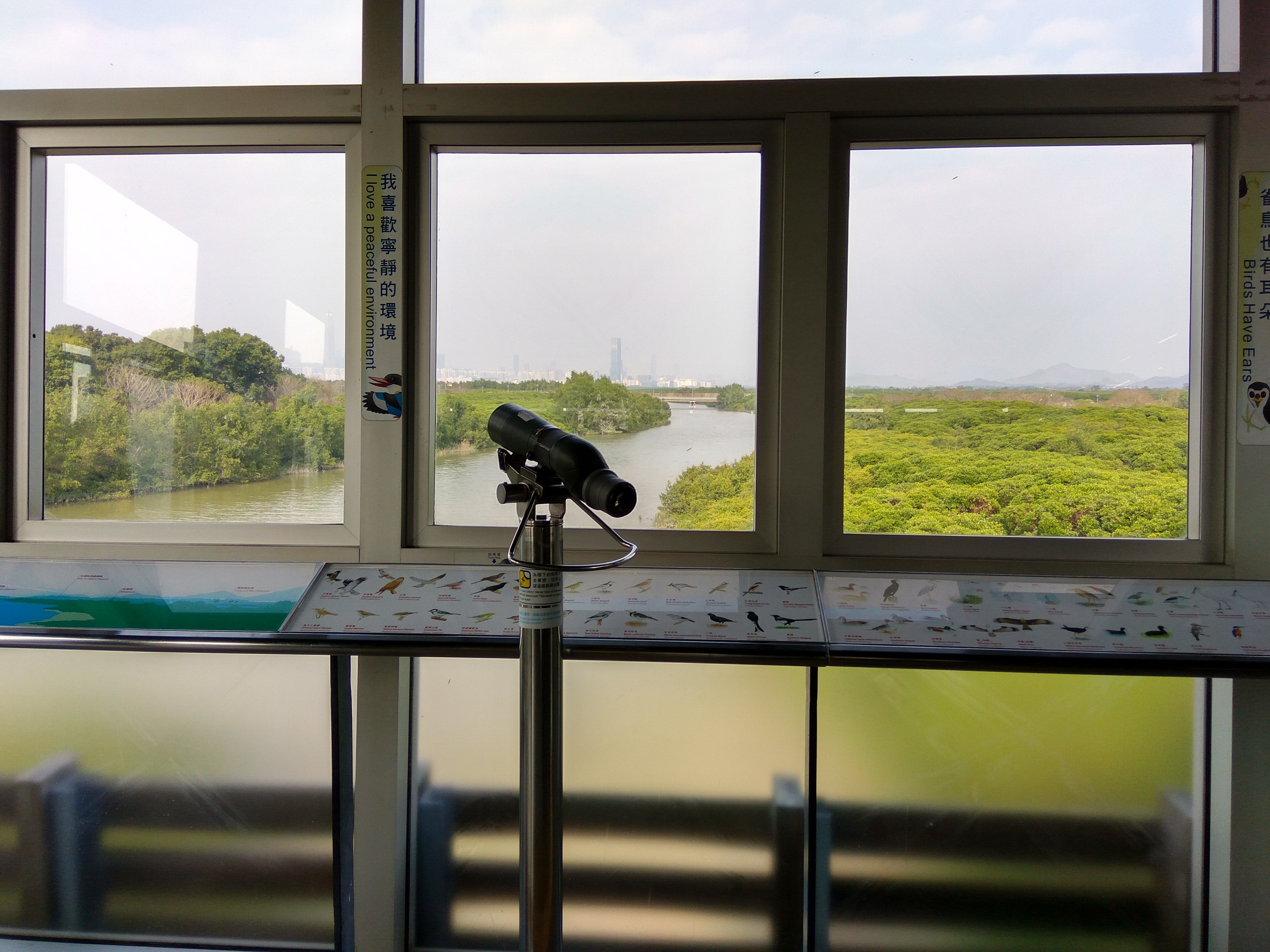
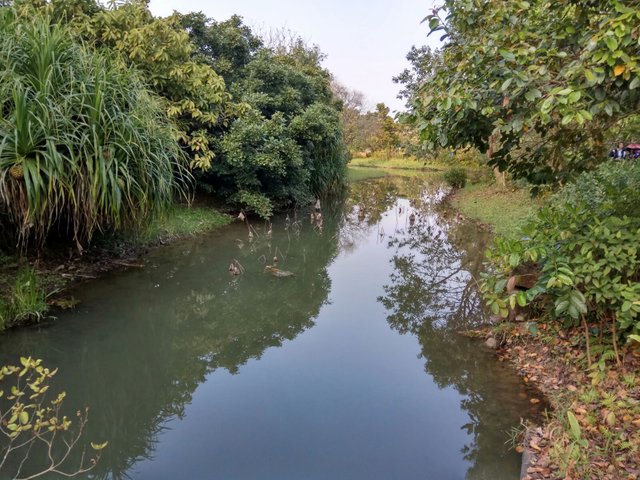
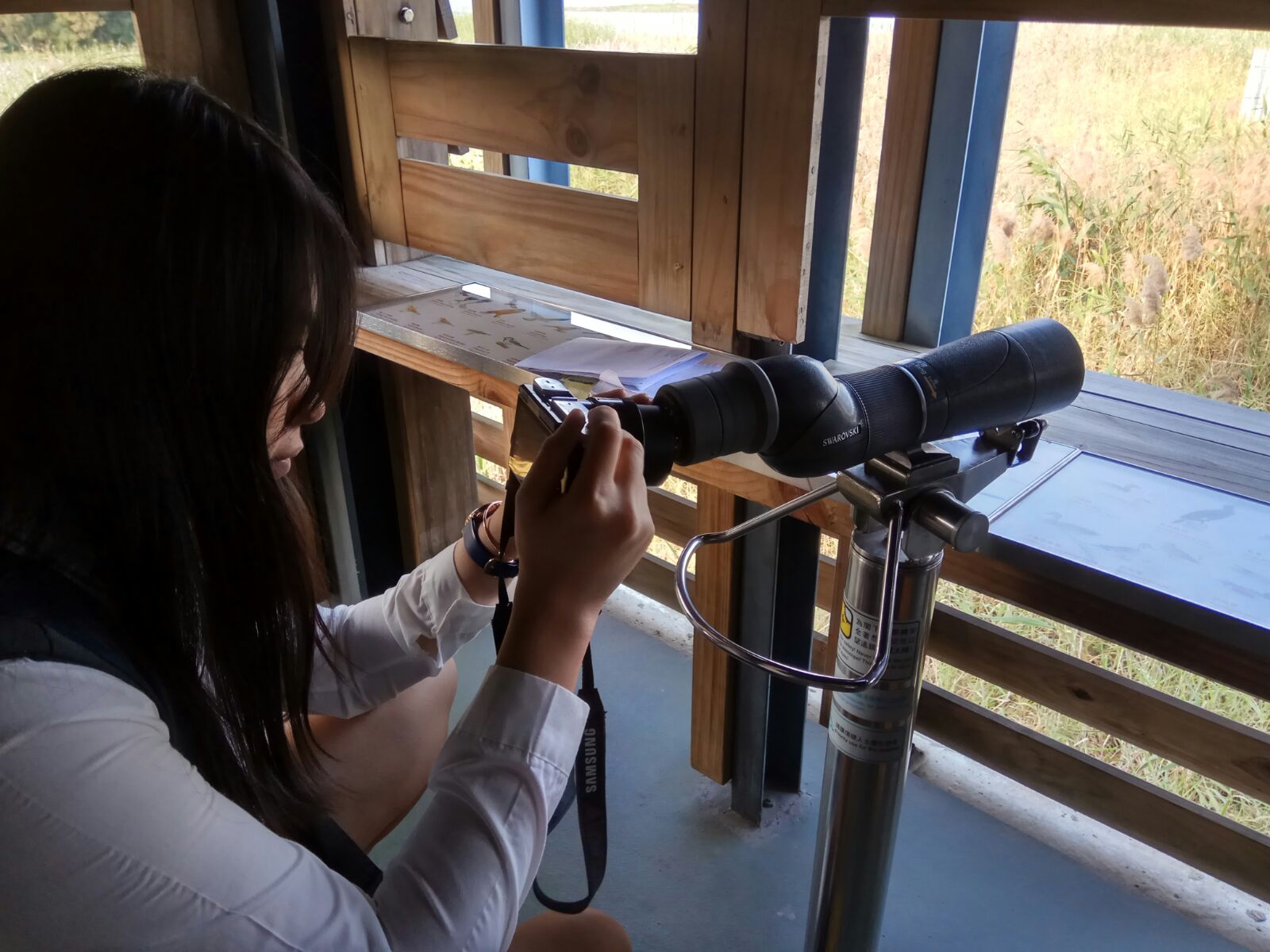

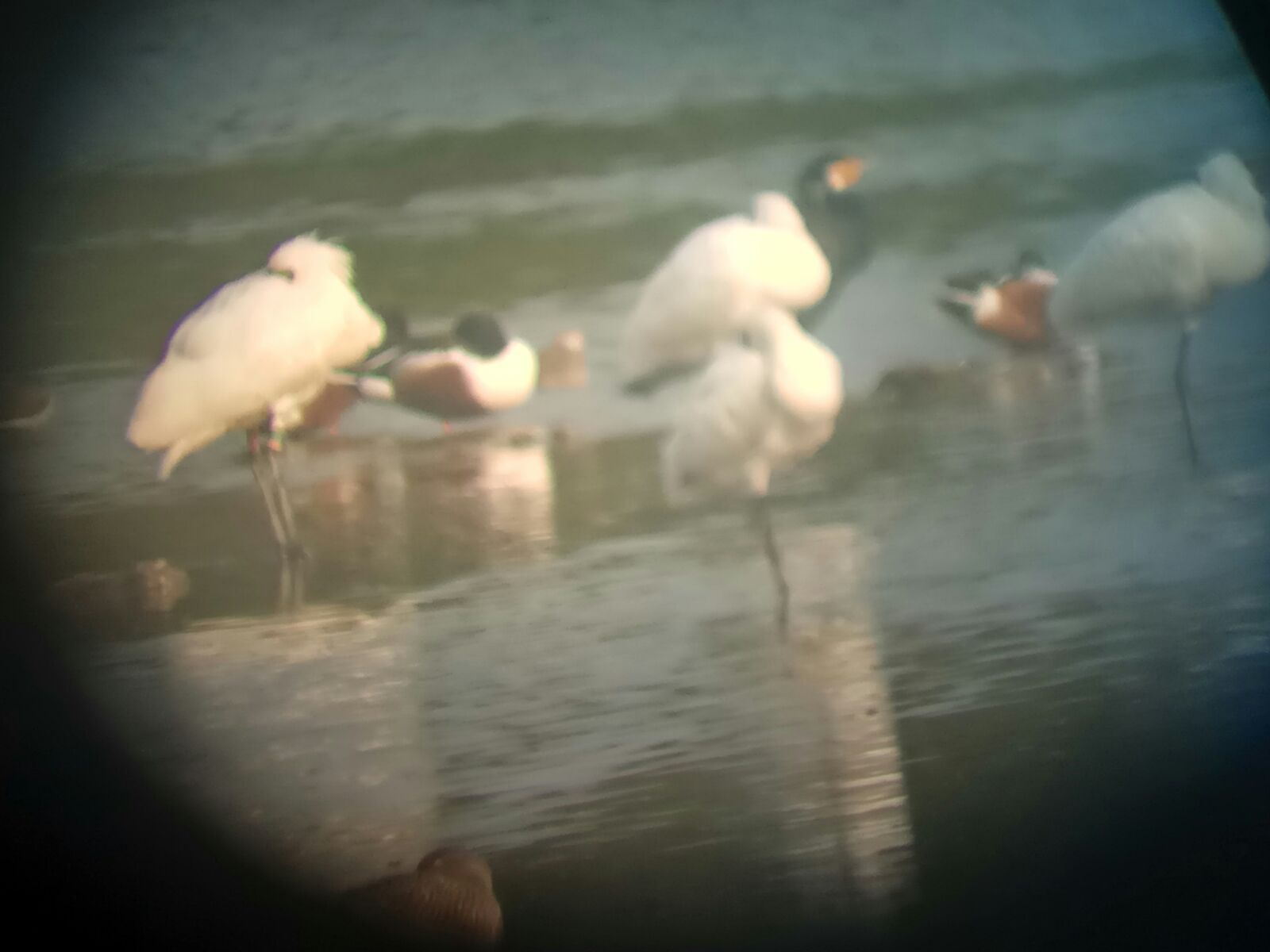
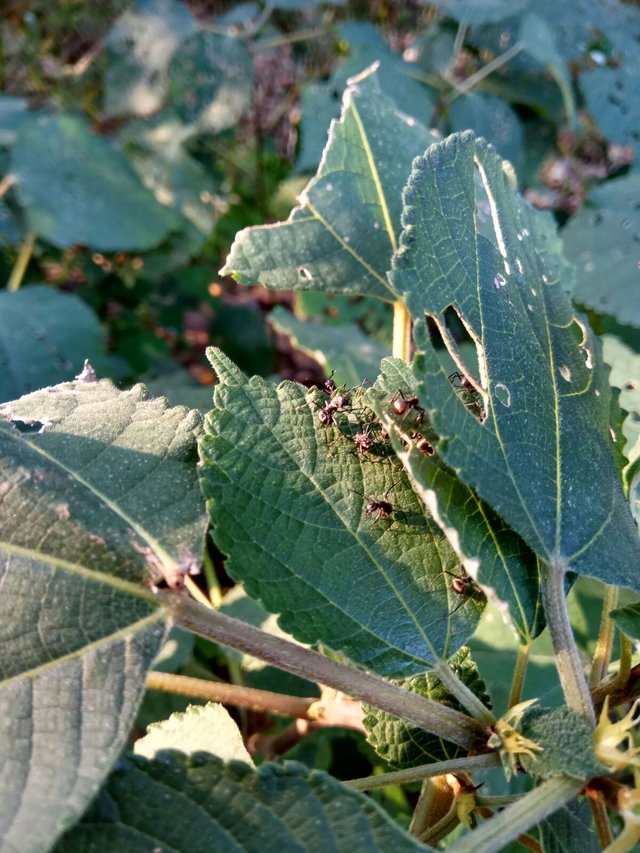
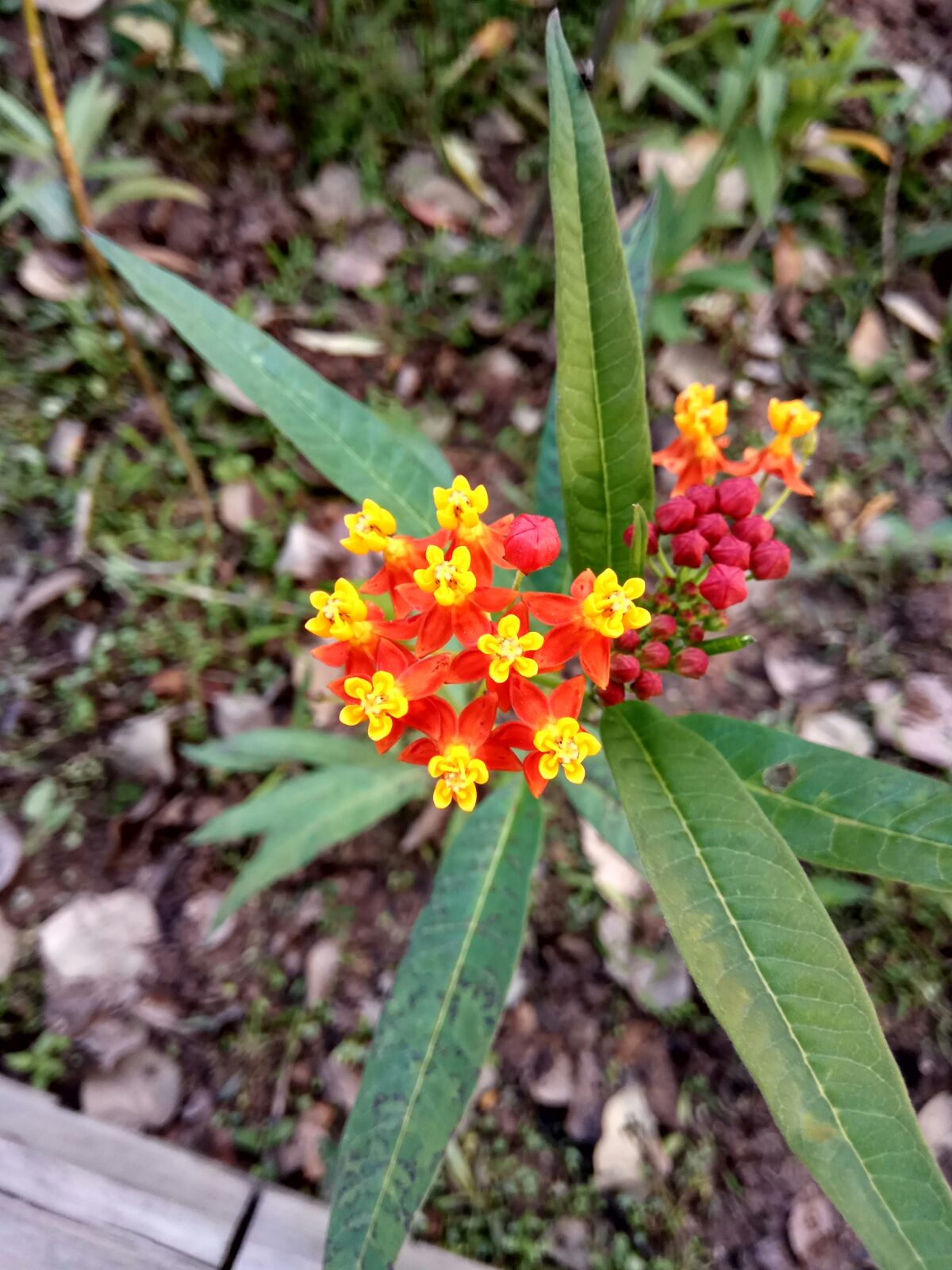
Thank you for reading!!
Welcome to Steem @marvinmak0805 I have upvoted and sent you a tip
Hi marvinmak0805. Welcome to steem community! Great post, I will follow you. Please follow me too at @gaman
Congratulations @marvinmak0805! You have completed some achievement on Steemit and have been rewarded with new badge(s) :
Click on any badge to view your own Board of Honor on SteemitBoard.
For more information about SteemitBoard, click here
If you no longer want to receive notifications, reply to this comment with the word
STOPCongratulations @marvinmak0805! You received a personal award!
You can view your badges on your Steem Board and compare to others on the Steem Ranking
Vote for @Steemitboard as a witness to get one more award and increased upvotes!